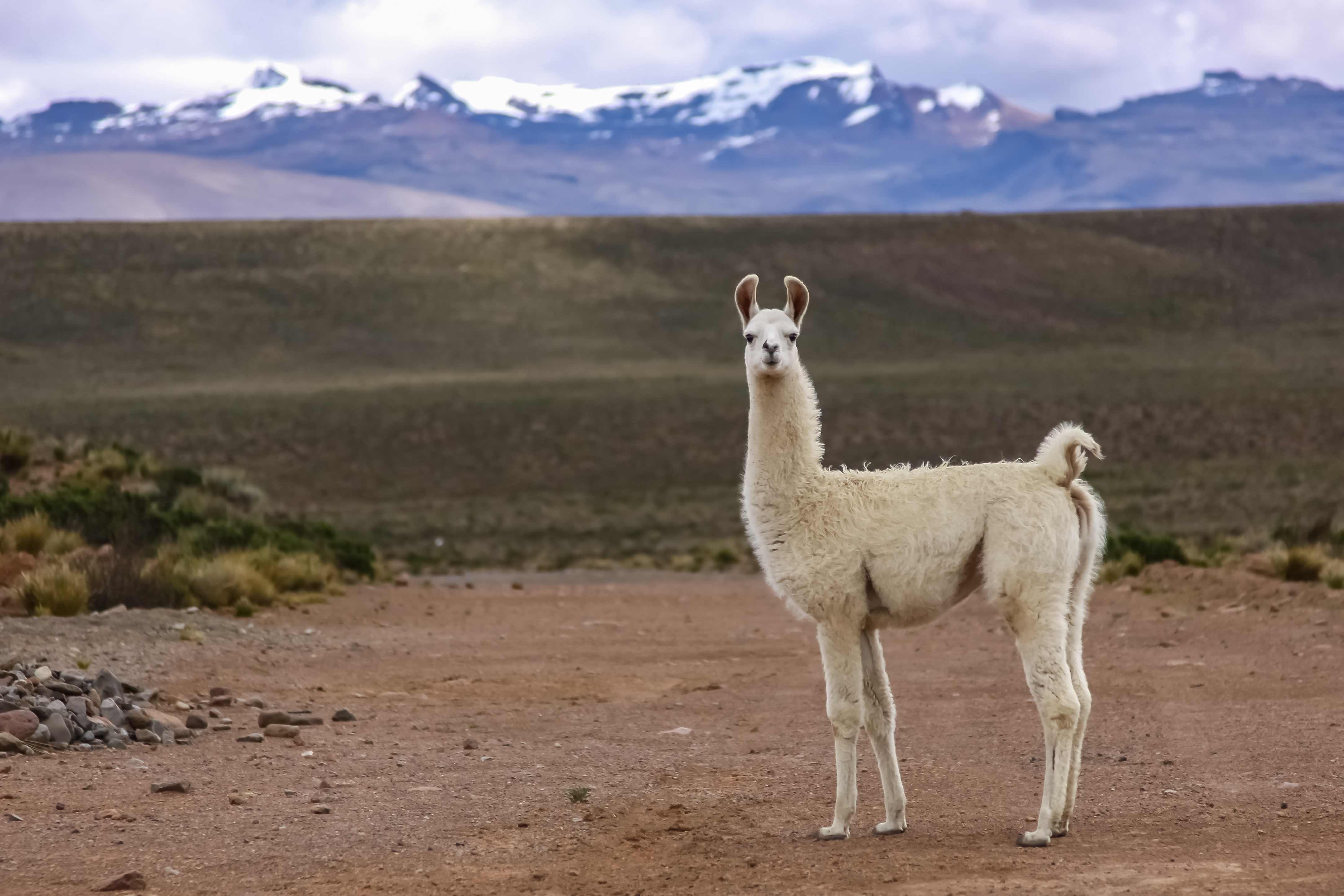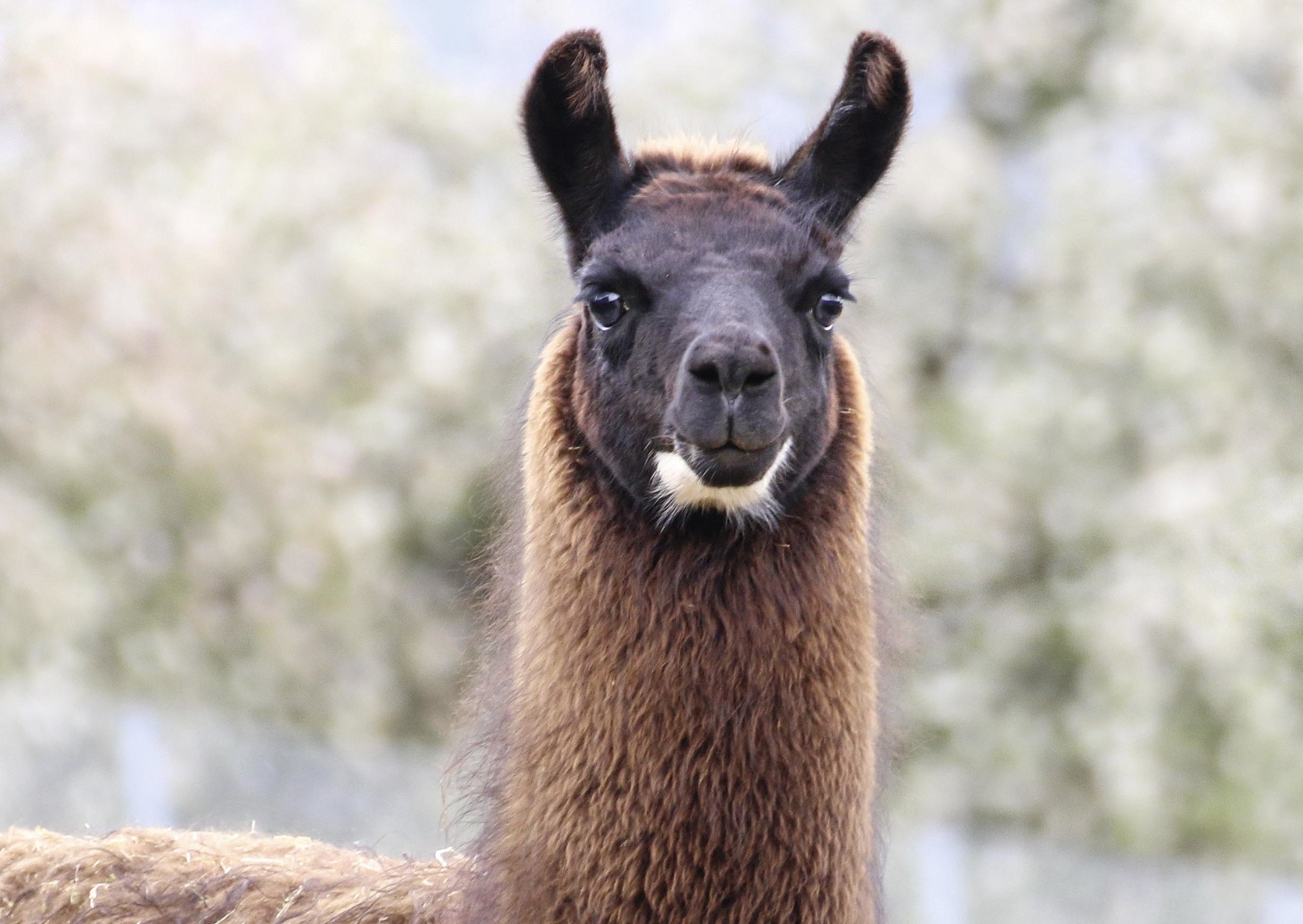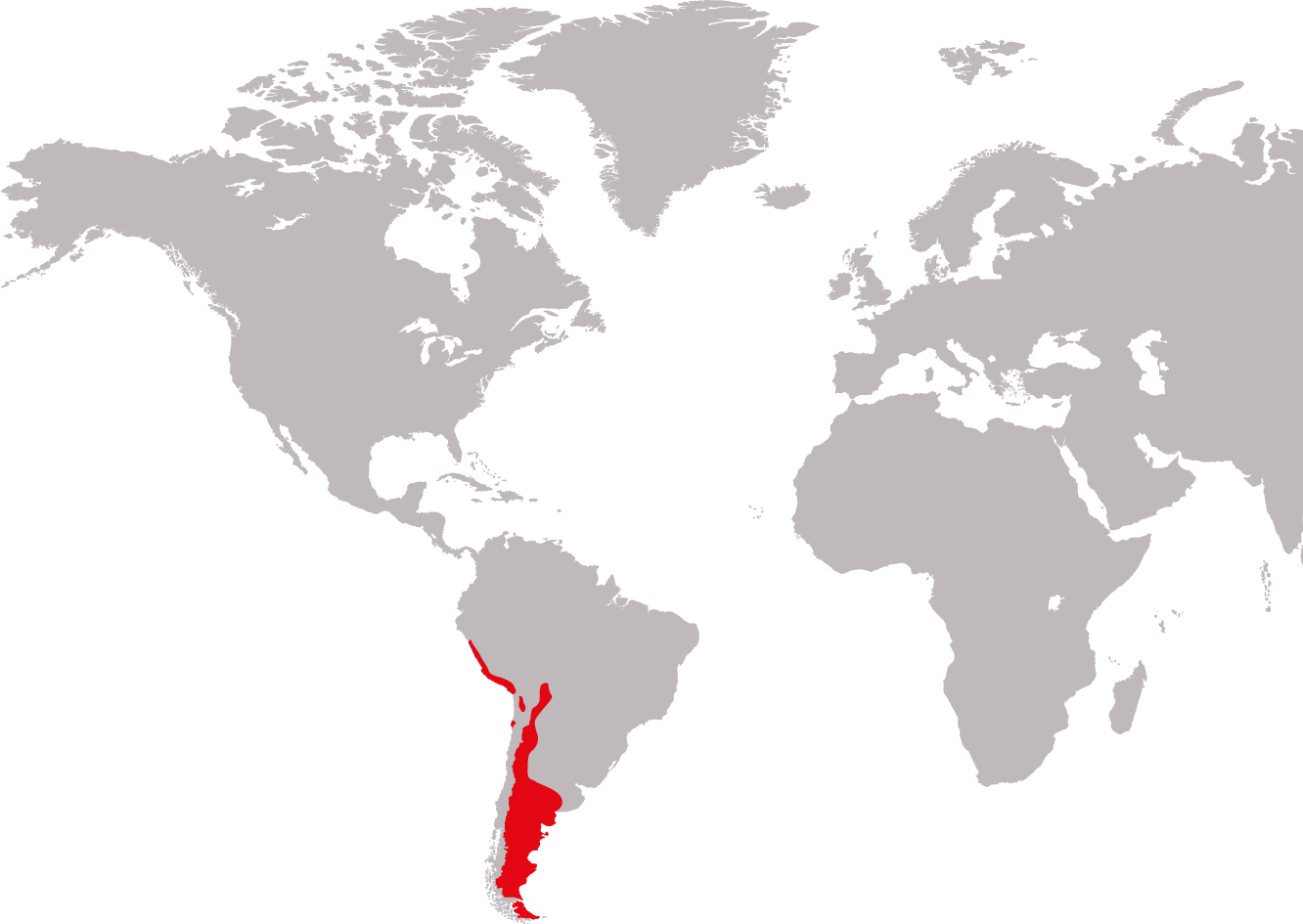Birth in the sun
Llamas are originally descended from the guanaco and were bred for use as pack animals. The guanaco lives in the Andes of South America.
Llamas reach a shoulder height of 1m - 1.25m and a maximum weight of 250kg.
Llamas live in herds with a stallion, mares and their young, a so-called harem. Unlike other animals, llamas do not engage in close body-related social behaviour, so they do not usually groom each other or lie close together. In addition to body language, llamas also use various sounds to communicate with each other.
They do not have fixed mating times, so ovulation in the llama mare is triggered by the act of mating itself (=induced ovulation).
The llama stallion drives the llama mare in front of him until she lies down and mating can take place lying down. When llama foals are born, this normally always happens during the day. This is because the foal is not licked dry by its mother and is therefore dependent on the warmth of the sun to dry itself.
The foal then drinks from its mother for up to 6 months. After about 1-2 years, llamas are sexually mature, although the females are usually somewhat more precocious.
Their natural diet consists mainly of grasses, herbs and leaves.
The maximum age of llamas is 29 years.


